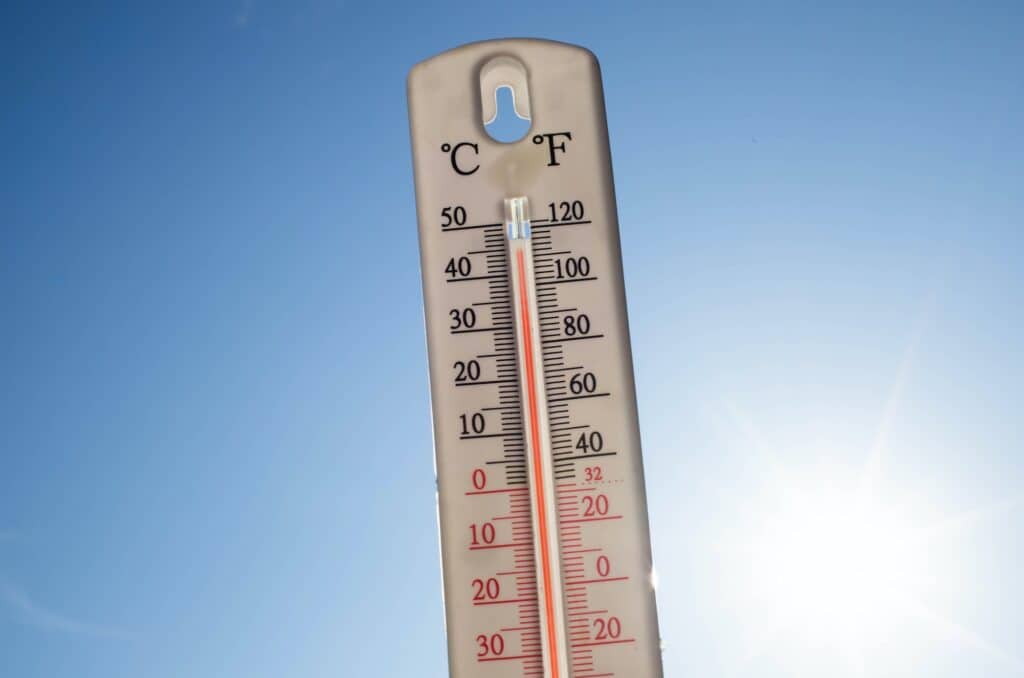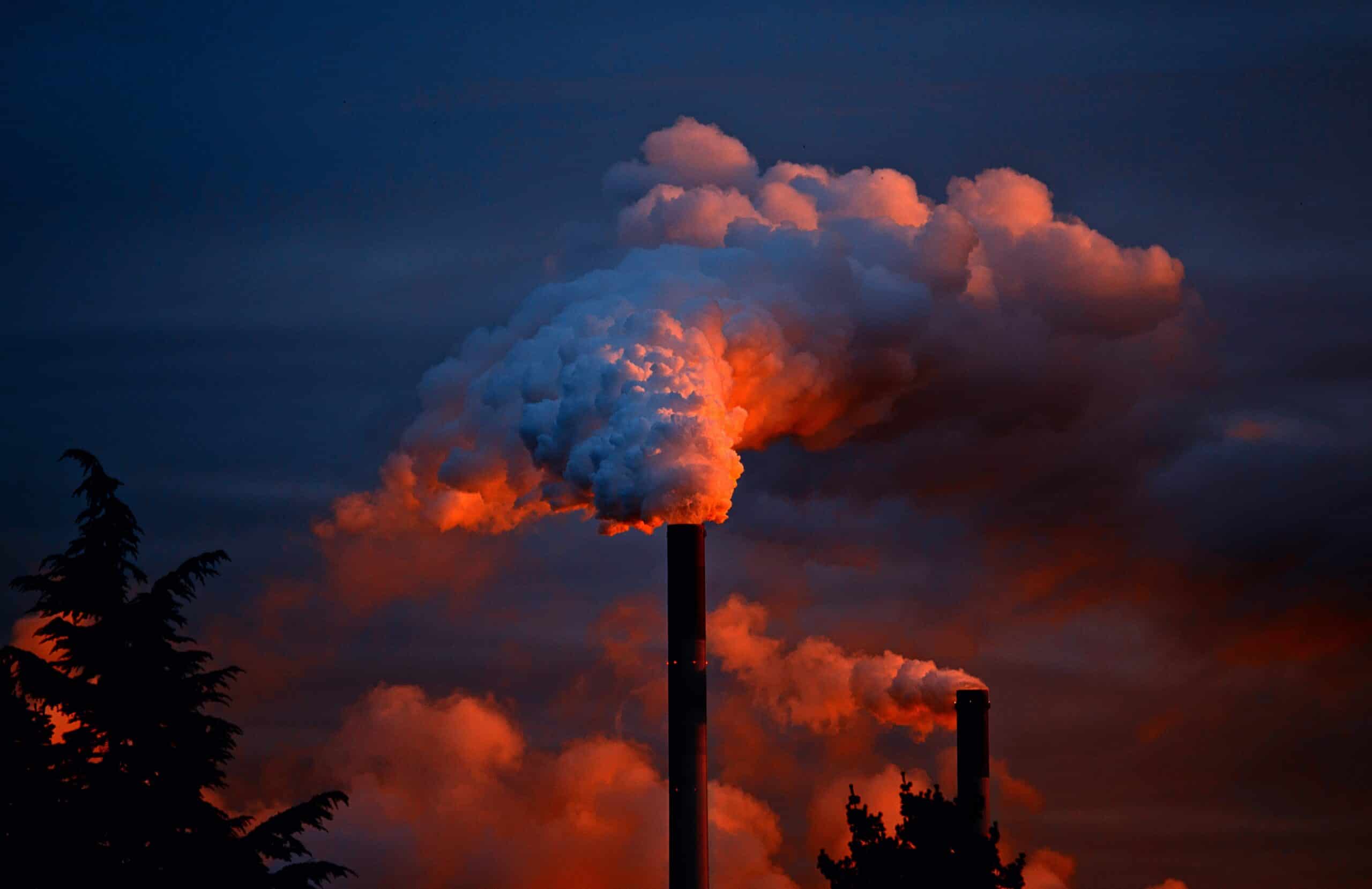
There is a broad scientific consensus that allowing global temperatures to rise above 1.5 degrees Celsius (2.7 degrees Fahrenheit) would have significant – and potentially catastrophic – consequences for the planet and its inhabitants. The Intergovernmental Panel on Climate Change (IPCC) has stated that limiting global warming to 1.5 degrees Celsius above pre-industrial levels is necessary to avoid the most severe impacts of climate change, including more extreme weather events, rising sea levels, and the loss of biodiversity.
The IPCC’s 2018 report states that limiting global warming to 1.5 degrees Celsius would require “rapid and far-reaching” transitions in land, energy, industry, buildings, transport, and cities, which would require “unprecedented” changes in all aspects of society.
The IPCC states that global temperatures have risen by approximately 1.1 degrees Celsius (2 degrees Fahrenheit) since the pre-industrial period, with the majority of this warming occurring in the past few decades. This warming is primarily caused by human activities, particularly the burning of fossil fuels, which releases greenhouse gases into the atmosphere. These gases trap heat and cause the Earth’s temperature to rise, leading to climate change.
It is also important to note that the 1.5 degrees Celsius threshold is not a “safe” limit beyond which there would be no negative impacts; rather, it is an aspirational target that is necessary to avoid the worst effects of climate change. Even if global warming is limited to 1.5 degrees Celsius, some impacts such as loss of biodiversity, coral reef degradation, and sea level rise will still occur.
The IPCC’s 2018 report, titled “Global Warming of 1.5 °C,” is a comprehensive assessment of the impacts of global warming of 1.5 degrees Celsius and the pathways needed to limit warming to that level. Some key findings from the report include:
- Limiting global warming to 1.5 degrees Celsius would reduce the number of people exposed to severe heatwaves, heavy precipitation, and sea level rise, as well as the risk of extinction of many species.
- Limiting warming to 1.5 degrees Celsius would also reduce the risk of these certain extreme events.
- To limit warming to 1.5 degrees Celsius, global greenhouse gas emissions would need to be reduced from 2010 levels by about 45% by 2030, reaching net zero around 2050.
- The report highlighted the fact that the effects of global warming are not the same for all regions, and that the impacts are expected to be particularly severe in low-income and developing countries, which have contributed the least to the problem and have fewer resources to adapt.
It is important to note that limiting warming to 1.5 degrees Celsius will be challenging and will require unprecedented effort from all sectors of society, including governments, businesses, and individuals.
Tides and sea level rise have already put many coastal communities around the world at risk. Some of the areas that are particularly vulnerable include low-lying islands, deltas, and estuaries, as well as densely populated coastal cities.
In the United States, cities such as Miami, New Orleans, and New York City are at risk due to their low-lying areas and susceptibility to storm surges. In Asia, the delta regions of Bangladesh and Vietnam, as well as the heavily populated cities of Shanghai and Mumbai, are also at risk.
In the Pacific, small island states such as the Marshall Islands, Kiribati, and Tuvalu are highly vulnerable to sea level rise, as a small rise in sea level could cause significant flooding and loss of land.
Climate change is exacerbating the problem of sea level rise by causing ice sheets and glaciers to melt and expand seawater as it warms up. As a result, sea levels are projected to continue rising, which will likely increase the risk to coastal communities in the future.
According to data from the U.S. Travel Association, Florida was the most visited state in the United States in 2020. The state’s tourism industry is a major source of revenue, and it generates billions of dollars in economic activity each year.
A 2017 report by the Union of Concerned Scientists estimated that the cost of protecting just the developed areas of the state from sea level rise by 2100 could range from $3 billion to $34 billion. The study also highlighted that sea level rise could put over $400 billion worth of Florida’s property at risk by the end of the century.
Some potential measures to mitigate the effects of sea level rise in Florida include building sea walls and other coastal defenses, elevating buildings and infrastructure, and restoring wetlands and other natural buffers that can help absorb floodwaters.
It’s important to note that the cost of not taking action could be much higher than the cost of mitigation. The damages caused by sea-level rise, including property loss and damage, as well as lost business and tourism, could be much more expensive than the cost of building coastal defenses and other protective measures.
There are several reasons why voters in Florida who have properties at risk of sea level rise from climate change may not be expecting politicians to implement changes to policies. One is that there is a lack of political will to address the issue of climate change, as there are many competing priorities and interests. Additionally, some elected officials may not believe in the science of climate change, or may be more focused on other issues such as the economy or crime.
Another reason is that the effects of climate change, particularly sea level rise, can be gradual and hard to perceive. It is difficult for people to see the immediate effects of climate change and sea level rise, which can make it harder for them to advocate for policies to address it.
Additionally, The state of Florida has a large retiree population, many of which have invested heavily in real estate and are not looking to move away. They may be more inclined to minimize the risks rather than moving away.
Political polarization also plays a role in this issue. Climate change has become a highly politicized issue, with some individuals and groups viewing it as a liberal or conservative issue, rather than a scientific one. This can make it difficult for politicians to take action on the issue, as they may fear alienating voters or donors. We, as activists, fully expect politicians to listen to experts and not ignore or run from this most pressing issue.








